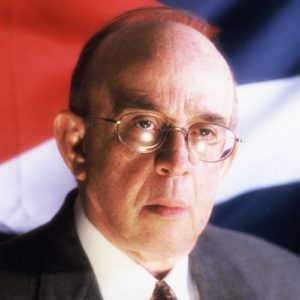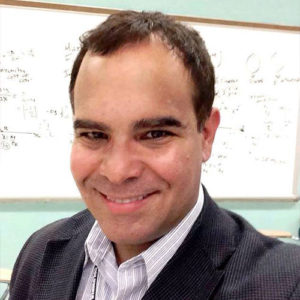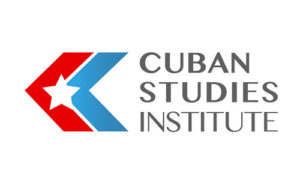Founded by the Dominican order in 1728 as the Real y Pontificia Universidad de San Gerónimo de la ciudad de San Cristóbal de La Habana, it received its current name August 31, 1828, adopted the Spanish government’s new Plan de estudios in 1838, and was secularized January 14, 1843 as the Real Universidad de la Habana. In 1795 it had 175 doctors and 119 students. In the 1850s it had some 500 students (all white) studying in 5 professional faculties. By 1899 it had become “a decadent diploma mill, with 381 students and 107 faculty members.” It was then fully reformed under the first United States intervention. New professors were added, modern scientific equipment introduced, and the campus moved in 1902 from the Santo Domingo Convent on Calle Obispo to its present location on a hill in Vedado – with building (and steps) inspired by Columbia University in New York. It had 600 students in 1904, 2,272 in 1919, and 4,006 in 1923.
In 1922 an overproduction of professionals and the influence of the Córdoba reform movement led to the creation of the Federación Estudiantil Universitaria as the students sought to use the university as a national asset with which to explore Cuban politics, society, and culture. As the students became a cohesive political force, they pushed for a modern, democratic, participatory university, and espoused reforms paralleling the social reforms then being widely discussed. A more radical Directorio Estudiantil Universitario followed in 1927 (when the number of students reached 5,473), but its activities led to a brief closing of the university, and, then when some professors refused to teach with soldiers on guard, it was again closed in 1928. After a student parade on September 30, 1930 to honor government critic Enrique José Varona, it was closed indefinitely. It was reopened after the 1933 overthrow of President Machado and on October 6 it was granted autonomy. This, however, remained a legal fiction until 1940 when the FEU obtained for it so large a measure of autonomy that the campus became a sanctuary for political agitators (“gangsterismo”) until FEU leader Echeverría’s open support of the Movimiento Veintiseis de Julio gave Batista an excuse to crack down. After Castro landed from Granma in 1956, the University was shut down until l959. After the Revolution of 1959 Castro took control of the FEU and with it of the University. Enrollment was 17,527 in 1953 but only 13,430 in 1962. By then two thirds of the faculty had preferred to emigrate. In 1999 enrollment was 15,980. The university library has some 691,265 volumes.








